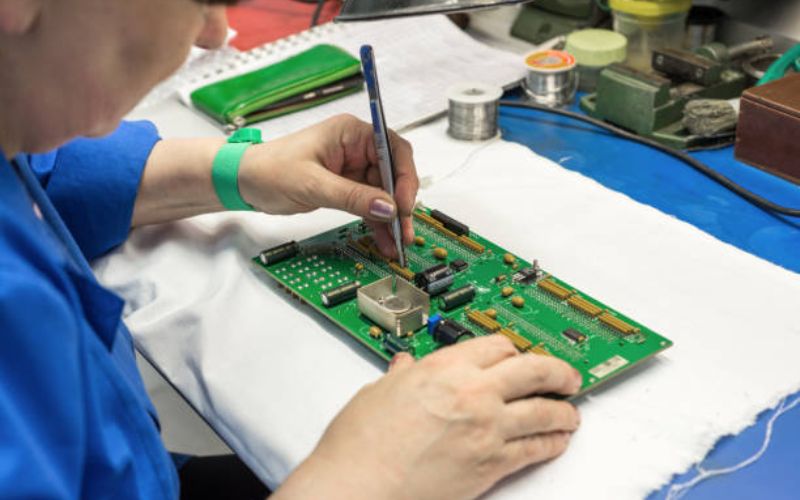Introduction:
When it comes to selecting a heat sink for electronic devices, the choice between pin fin and plate fin heat sinks is often a crucial one. Both types of heat sinks have their own advantages and disadvantages, which can make a significant impact on the overall performance of the device. In this article, we will delve into the differences between pin fin and plate fin heat sinks to help you make an informed decision.
Construction:
Pin fin heat sinks are made up of an array of pins that extend vertically from the base of the heat sink. These pins increase the surface area of the heat sink, allowing for better heat dissipation. On the other hand, plate fin heat sinks consist of flat, rectangular fins that are arranged horizontally across the base of the heat sink. The choice between pin fin and plate fin heat sinks often comes down to the specific application and thermal requirements of the device.
Heat Dissipation:
One of the primary differences between pin fin and plate fin heat sinks is their heat dissipation capabilities. Pin fin heat sinks are known for their superior heat dissipation efficiency due to the increased surface area provided by the pins. This makes them ideal for applications where thermal management is critical. Plate fin heat sinks, while effective in dissipating heat, may not be as efficient as pin fin heat sinks in certain scenarios.
Airflow Resistance:
Another factor to consider when comparing pin fin and plate fin heat sinks is airflow resistance. Pin fin heat sinks have lower airflow resistance compared to plate fin heat sinks. This means that air can flow more freely through the pins, resulting in improved cooling performance. Plate fin heat sinks, on the other hand, may have higher airflow resistance due to the arrangement of the flat fins.
Pressure Drop:
Pressure drop is an important consideration when selecting a heat sink, especially in applications where airflow is restricted. Pin fin heat sinks typically have lower pressure drop compared to plate fin heat sinks. This can be advantageous in situations where maintaining airflow is crucial for efficient cooling. Plate fin heat sinks may experience higher pressure drop due to the design of the fins.
Thermal Resistance:
Thermal resistance is a key factor in determining the overall effectiveness of a heat sink. Pin fin heat sinks are known to have lower thermal resistance compared to plate fin heat sinks. This means that pin fin heat sinks can more effectively transfer heat away from the device, leading to better thermal performance. Plate fin heat sinks may have higher thermal resistance, which can impact the efficiency of heat dissipation.
Weight and Size:
In terms of weight and size, pin fin heat sinks are typically lighter and more compact compared to plate fin heat sinks. This can be advantageous in applications where space is limited or weight restrictions are a concern. Plate fin heat sinks, while effective in dissipating heat, may be bulkier and heavier due to the design of the flat fins.
Cost Considerations:
Cost is always a factor to consider when selecting a heat sink for a specific application. Pin fin heat sinks are often more expensive to manufacture due to the intricate design of the pins. Plate fin heat sinks, on the other hand, are generally more cost-effective to produce. The choice between pin fin and plate fin heat sinks may come down to budget constraints and the specific requirements of the device.
Material and Manufacturing:
The material and manufacturing process can also play a significant role in determining the performance of a heat sink. Pin fin heat sinks are often made from materials such as aluminum or copper, which offer good thermal conductivity. Plate fin heat sinks can also be constructed from similar materials. The manufacturing process for pin fin heat sinks may be more complex due to the intricate design of the pins.
Application Specificity:
Ultimately, the choice between pin fin and plate fin heat sinks will depend on the specific requirements of the application. Pin fin heat sinks are ideal for applications where superior thermal performance is essential, such as high-powered electronic devices. Plate fin heat sinks, on the other hand, may be more suitable for applications where cost-effectiveness and ease of manufacturing are prioritized.
Quote Inquiry
Contact us!

